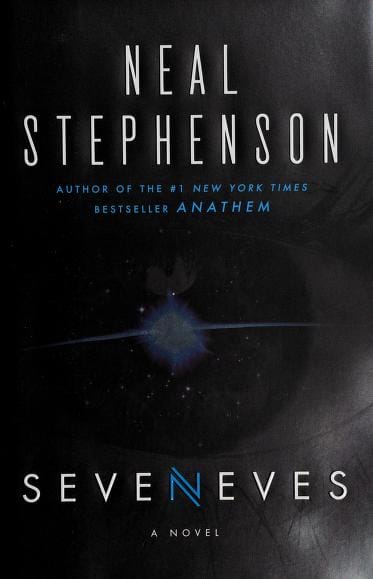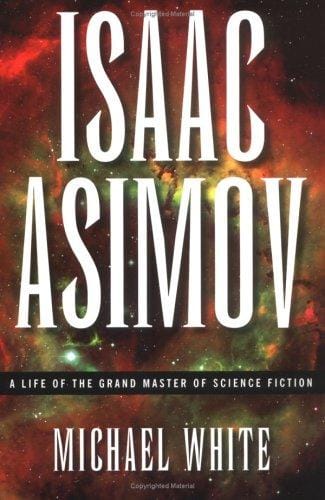Seveneves: A Deep-Dive Review of Neal Stephenson’s Apocalyptic Epic
An 800-word review exploring plot, themes, characters, and science behind Neal Stephenson’s apocalyptic hard-SF novel Seveneves.

Introduction
When Neal Stephenson released "Seveneves" in 2015, he delivered one of the most ambitious works of hard science fiction in recent memory. Combining orbital mechanics, genetics, sociopolitical drama, and a breathtaking leap across millennia, the novel imagines how humanity might survive when the Moon shatters and dooms Earth. This 800-word review explores the plot, themes, characters, and scientific rigor that make "Seveneves" a must-read for anyone interested in space exploration or speculative futures.
Plot Overview: The Moon Breaks Apart
"Seveneves" opens with an unforgettable headline: the Moon has exploded into seven massive pieces. At first the fragments remain in stable orbit, a curiosity for astronomers. Then astrophysicist Dubois Harris—clearly modeled after Neil deGrasse Tyson—calculates the inevitable Hard Rain: a cascading collision of lunar debris that will bombard Earth with fire for thousands of years. With only two years to prepare, every nation rallies around a single, desperate plan: build an orbital ark chained to the International Space Station, seed it with genetic material, and launch as many people as possible beyond the debris field.
The Catastrophe
Stephenson devotes the first two-thirds of the novel to the scramble before and during the Hard Rain. He details the engineering challenges of storing water in space, spinning up artificial gravity, and steering a swarm of “arklets” through a sky filled with lethal dust. The nail-biting tension peaks when political factions fracture the fleet, supplies dwindle, and the survivors realize that only seven fertile women—the eponymous “Seven Eves”—remain to reboot the human race.
Central Themes and Big Ideas
While the plot supplies plenty of spectacle, "Seveneves" truly excels in its thematic richness. Stephenson interrogates how technology, governance, and culture interact when time is short and the stakes are existential. He asks readers to ponder who gets to be saved, how rules evolve in micro-societies, and whether humanity can ever truly unite around a common threat.
Human Resilience
At its core, the novel is an ode to perseverance. Engineers rig solutions from salvaged pipe, coders write voting protocols on the fly, and parents record bedtime stories they know their children will never hear. By focusing on small acts of courage—patching a cracked spacesuit or sharing a last tomato—Stephenson reminds us that survival is a communal art, not merely an individual triumph.
Hard Science Meets Epic Scope
Stephenson is renowned for meticulous research, and "Seveneves" is no exception. He explains orbital transfer windows, isotope ratios, and CRISPR-like gene edits in approachable language without sacrificing accuracy. Yet he also allows imagination to roam: the final third of the novel jumps 5,000 years ahead to a terraformable Earth, colossal orbital habitats, and genetically divergent human sub-species. Few books marry nuts-and-bolts physics with sweeping myth-making so effectively.
Main Characters and Their Arcs
The ensemble cast is wide, but several figures anchor the narrative. Ivy Xiao, commander of the Cloud Ark, embodies calm leadership under fire. Dinah MacQuarie, an asteroid miner, supplies practical know-how and emotional ballast. Julia Bliss Flaherty, a controversial U.S. President, injects political intrigue and underscores how personal ambition can endanger collective survival. In the far-future section, descendants of the Seven Eves—such as the diplomatic Aïdaans and physically augmented Ivyns—illustrate how ideology can fossilize into genetic destiny.
Is the Science Plausible?
Scientists praise Stephenson’s treatment of orbital debris, mass ratios, and closed-loop life-support systems. The time-lapse mechanics of the Hard Rain closely mirror real Kessler-syndrome models. Some liberties—like self-replicating robots appearing within two years—stretch feasibility, but most assumptions remain within sight of current research trajectories. Readers who enjoyed Andy Weir’s "The Martian" will find a similar commitment to problem-solving realism, scaled up to civilization-size stakes.
Why Read Seveneves in 2024
Nearly a decade after publication, "Seveneves" feels even more relevant. Climate change, satellite megaconstellations, and renewed Moon missions have reenergized public debate about planetary stewardship and off-world colonies. The novel offers a gripping case study in risk management: act early, trust data, and respect redundancy. It also champions diversity—both genetic and ideological—as the ultimate insurance policy against extinction.
Conclusion
"Seveneves" is not a quick read; its 880 pages brim with schematics, acronyms, and socio-technical digressions. Yet patience pays off in a story that fuses rigorous science with grand adventure and profound philosophical questions. Whether you’re a spaceflight enthusiast, a prepper, or simply a lover of big, brainy fiction, Neal Stephenson’s apocalyptic epic offers an experience as expansive and thought-provoking as the cosmos itself.



